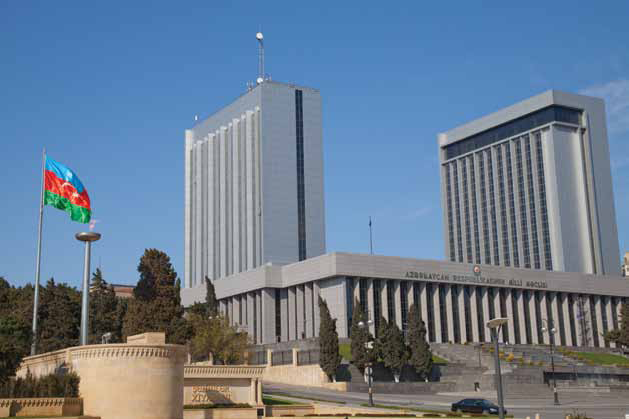
Dear Reader,
How things change, as many a business has discovered since economies around the world rolled around unsteadily like listing ships and then sank into recession.
Before the global financial crisis, companies took it for granted that banks would always be willing and able to provide additional funding as and when it was required, at a price. But it turned out that was not the case – or, more particularly, the price was considerably higher.
What the crisis did show, however, was that companies using internal sources of funding were able to face challenges more confidently than those that relied on banks. HSBC believes that companies that are successful managers of liquidity, working capital and risk are largely financially self-reliant. They do not extend beyond their debt-servicing capabilities and are prepared for any changes in the market.
In this issue, Dilrukshan Abeysinghe, HSBC Middle East, United Arab Emirates, provides an overview of current approaches and issues relating to cash management, specifically the management of working capital.
Dilrukshan’s article says that cash management has never been as important to a company as in today’s challenging environment. “The cornerstone of successful cash management is effective management of working capital. No matter how big the organisation and how strong its ability to source external financing, whether through capital/equity markets or banking channels, working capital is the on-going source of funds that a company uses to service those financing avenues and repay its loans.”
“Traditionally, a prescriptive approach was used in cash management, but now treasurers need to be more creative in their thinking to anticipate contingencies. To achieve this, they need to integrate their traditional duties with new techniques made available through technology. This enables them to have a wider reach across the organisation and better control and visibility over cashflows.”
In the KSA, trade continues to be a lead product to banks serving corporates, equating as it does to in excess of 50 per cent of total corporate assets. Overall, the banks’ commitment to trade increased in Q1 2010 over Q1 2009. Even during these times of credit tightening trade liquidity provided by banks grew. If trends prevailing during the first quarter continue over the rest of the year trade will have a robust year in 2010.
In this issue, CMM has published the KSA Tajara Monitor first quarter summary report – prepared by Caroline Maginn, CMM trade partner. As part of our aim to create transparency in the trade finance marketplace, the research will be updated quarterly throughout the year and anticipates the full-year report for 2010, which will be released after annual reports are published by the banks in the KSA. The objective is to track overall banking sector performance in relation to corporate banking and trade.
Lastly, another article we believe will be of particular interest is Mushtak Parker’s insightful look at intra-Islamic trade finance, which he discovers is being constrained for a numbers of reasons, including “political and financial risk impediments”.
He finds that the importance of trade finance as an intra trade, GDP growth and real economy activity is widely recognised by Islamic Development Bank governments but it is not necessarily being translated into “concrete and effective policies and action.”
Incidentally, we would be very pleased to hear from readers with opinions about our publishing venture and/or those who might wish to have copies of our KSA Tajara Monitor.
 Cash And Trade Magazine For Cash and Trade professionals in the Middle East
Cash And Trade Magazine For Cash and Trade professionals in the Middle East




